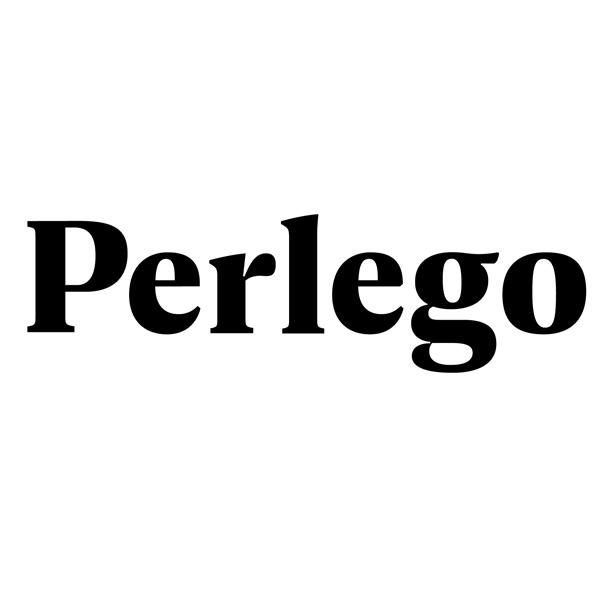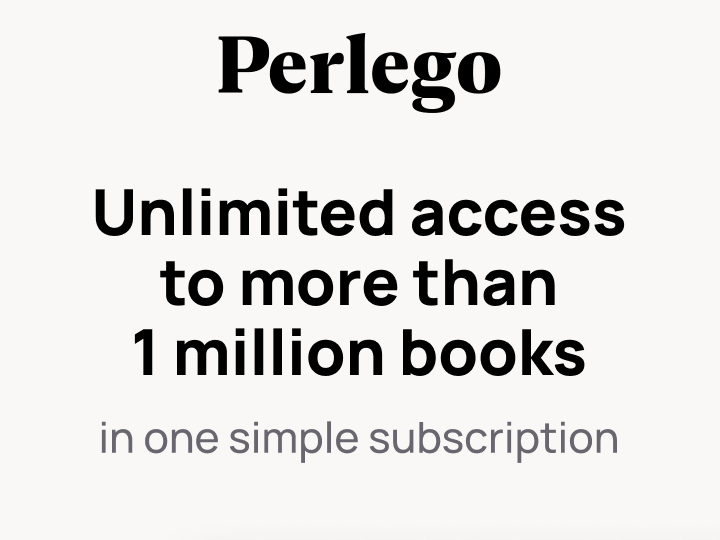
Scaffolding learning environments to drive independent research

Making History is a core first-year undergraduate module at UCL in which students are encouraged to think in new ways about the entire process of constructing history, from initial research to the dissemination of findings. Students work in a small research team on a specific historical project over the course of a semester. Each research project is based around spaces or objects in London such as the Roman Wall, the Benin Bronzes, or the London Docklands. These projects require students to engage with material evidence that goes beyond text and images, to think about the historical construction of place and space, and to consider the role of London as a site of historical praxis and meaning.
Student teams are required to plan their own research to acquire a deep historical knowledge of their project area, but they are also required to consider how their research findings can be communicated to an audience beyond the university. Student teams are assessed on a website (50 per cent) that showcases their research findings to a specified public audience, and a written report (50 per cent) that proposes a specific course of action related to their project that could contribute to the Mayor of London’s Commission for Diversity in the Public Realm.
Making History is designed to encourage students to consider the nature and practice of history. Today’s historians have turned to the analysis of buildings and the objects that are found inside them and explored how our construction of and interaction with lived spaces impacts our beliefs and behaviours. But we must also consider how we engage with digital spaces. Online archives, libraries, and galleries have transformed the process of historical research, and raise new questions about historical methodologies and the preservation of historical sources. Historians today increasingly use online spaces to disseminate research. Publications are published as e-journals and e-books; social media is favoured for more informal discussion; blogs and podcasts provide a between-space in which we can share research in a form that is more accessible than journal articles but more rigorous than what you might find on social media.
The module is scaffolded around six research projects which each include a research question, a bibliography and historical archives that include both online and physical resources. Students are encouraged to use these resources as a starting point from which to adapt their research focus depending on their team’s interests. Guidance is provided through a series of lectures that focus on students’ skills development which often blend online and offline environments. Accessing an archive, for example, requires students to be able to navigate complex catalogues and evaluate mystifying metadata to locate their desired resources before we can even begin to analyse the physical document or object. The assessment components require students to think about how they can present their online and offline research in a digital space.
Students in this module often produce creative and original research and achieve outstanding marks. The communication, teamwork and digital skills that they develop provide a crucial foundation for their progress through the degree and into employment. Most importantly, Making History encourages students to think about what it means to be a historian in 2023.
Find out more about overcoming digital reading barriers in the white paper “How universities are making online learning more inclusive”.


